Is it time to reopen the tubes vs tubeless debate for gravel riding? We put the two head-to-head on the Trans-Cambrian Way
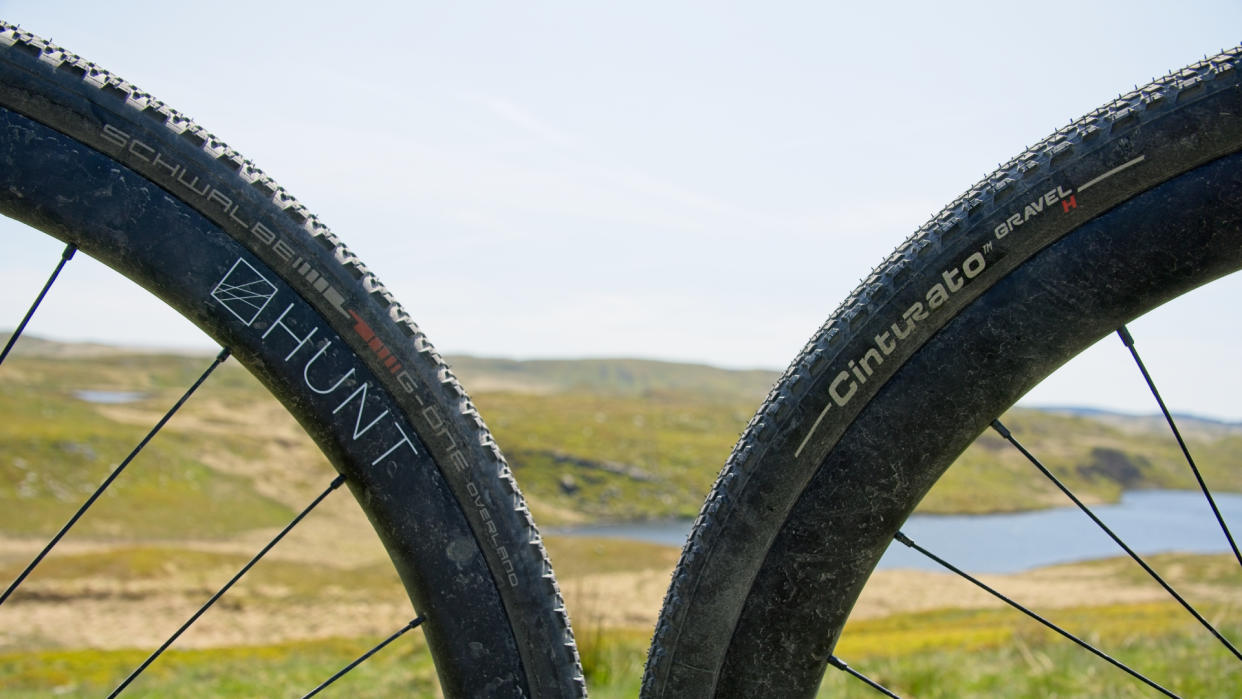
Inner tubes vs tubeless - hasn’t that debate been put to bed now?
Wasn’t the conclusion that if your tires are wider than 32mm you must use sealant - special dispensation to tires around the 25mm mark, accepting that most tubeless sealants don’t do a great job at higher pressures?
Well, I would argue (and I will!) that there are cases where inner tubes do actually present a better choice than a tubeless setup - even for gravel riding. Many riders will never never find themselves in that section of the Venn diagram - but there will also be those who might benefit from hearing a broader perspective.
At the very least, those of us fully committed to the tubeless life shouldn’t be afraid of admitting a few of the downsides of the technology. We have nothing to be insecure about - right…?
For my own part, I love all things tech and I’m always on the search for improvements in all areas, from speed and performance to durability and longevity. That curiosity took me through the early days of tubeless - but with that tech now almost the orthodox option, well, that makes today’s alternatives all the more interesting!
With all that in mind, I’ll take a run through the pros and cons of both tubeless and inner tube setups for gravel riding - some issues have proved perennial, others have actually seen a lot of advancement. With the cards on the table, I’ll then move onto our test-bed ride - the Trans Cambrian Way gravel trail, snaking across the most remote districts of Wales.
Tubeless for gravel riding: pros and cons
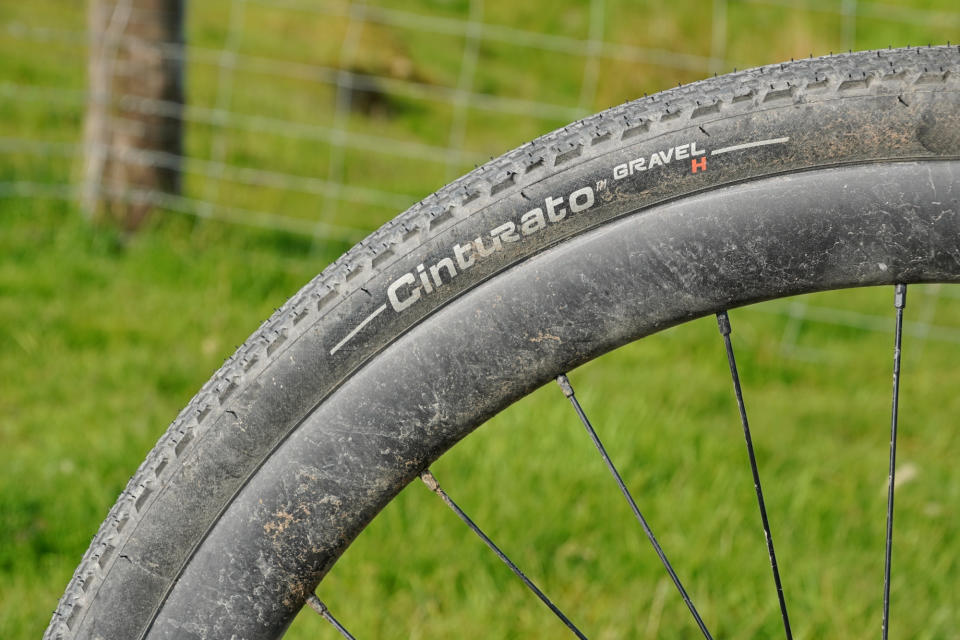
Pros
The first positive for tubeless tires - and most importantly for gravel riding - is the puncture protection. Roll over a thorn (or a jagged flint) and there’s a good chance the sealant will clog up the hole without you even realizing how close you came to a flat.
Without tubes, there’s no chance of ‘snake-bite’ flats, which is when the inner tube gets pinched against the rim on a large impact, causing two symmetrical ‘snake-bite’ holes. That said, it is worth bearing in mind that on a sufficiently large impact, it is possible to do the same thing with an actual tire - so tubeless doesn’t completely get you out of these woods.
The second positive is the performance benefits. Perhaps less of a consideration for a swathe of the gravel-sphere, but a decrease in rolling resistance from eliminating the friction between the inner tube and the tire is always welcome - as is the weight saving you get on each wheel.
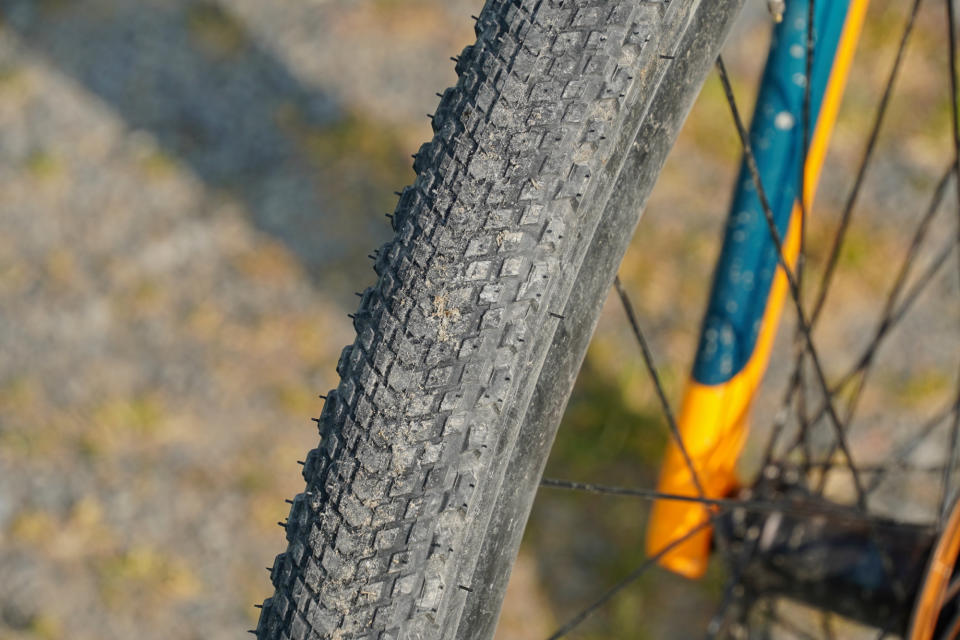
Next, these aren’t exactly direct ‘pros’, but are tubeless cons which have (largely) been resolved - so I thought it worth mentioning here.
First is the rim/tire interface. Early on in the days of tubeless, not only were tubeless tires significantly more difficult to mount on the rim than their clincher counterparts, but some wheel/tire combinations were almost impossible to mate. Even if you did succeed in the workshop, whether or not you’d manage again at the side of the road was a ringing question.
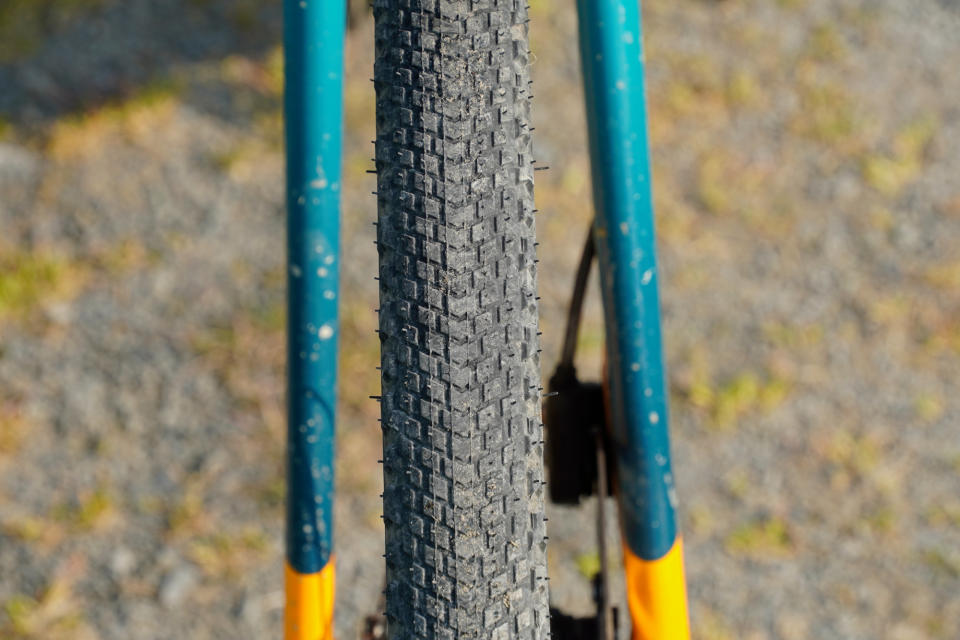
These days, tubeless tires are (for the most part) barely any more difficult to mount on most rims than tires designed only for use with inner tubes. Horror stories of wrestling rubber into place are mostly consigned to much older kit, and will become ever less of an issue over time.
Second, there’s the question of inflation. I’m sure we’ve all had experience with a tubeless tire which refuses to seat properly - air gushing out under the bead, rather than snapping the tire into place. The best CO₂ inflators can work in a pinch, but investing in one of the best bike pumps with an air chamber (or a standalone unit) was - and still is - a worthy investment.
But at least that’s generally all you need these days, the indecent rate of having to borrow of friend’s automotive air-compressor are now largely consigned to the past, too.
Cons
So, tubeless tires offer puncture protection, lower weight, improved rolling resistance, and the difficulties of mounting and inflating are much less of an issue than they once were. What, then, are the remaining cons?
Well firstly, there’s still the issue of keeping the sealant topped up. If you have one bike which does it all, if you don’t keep a second wheelset and if you don’t swap in different tires for different conditions or rides, then this isn’t a big deal. It’s not much faff to tip a little sealant into two tires every few months - and the relatively small volumes mean that the cost doesn’t come to much either.
But if you have something nearer a stable of bikes and wheelsets, the effort (and the cost) starts to multiply. Keeping on top of a total of four wheels isn’t two bad - if you have a gravel bike, a road bike and a ‘best’ set of wheels, maintaining those six begins to be burdensome.
Things aren’t much better if you just have one bike but two sets of tires you like to switch between. Although it is possible to transfer some of the sealant between tires, you always end up losing some - and that’s not to mention the inescapable mess that results every time, too.
And that lands us neatly at the next point - the excess of gunge in the tubeless system. Even the best tubeless sealants sometimes fail and, in that case, it can be necessary to revert to inner tubes. Out on the trailside and being generally without running water, stuffing a tube inside a sticky, sealant-covered tire is never a fun experience.
What’s even less fun is if you get a second puncture and have to remove that now externally sealant-y inner tube and store it somewhere for the rest of your ride.
The case for inner tubes for gravel riding
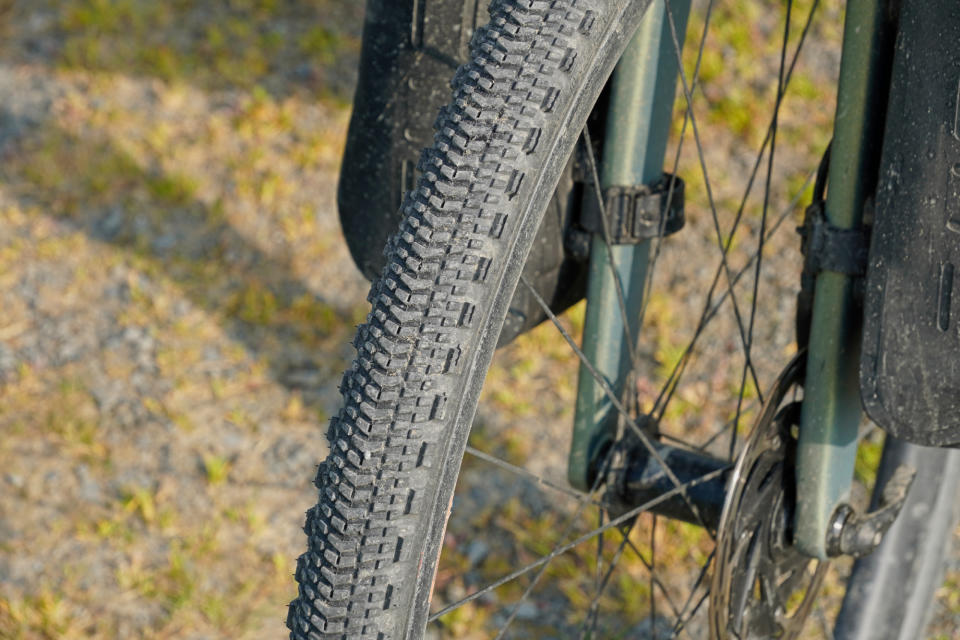
The real crux of the matter here is the comparative puncture preventing performance between a tubed setup and tubeless. If tubeless tires effectively never punctured and if inner tubes suffered that fate on almost every ride, then the cons I’ve listed would be moot points.
For who cares about the trail-side mess of stuffing a tube into a punctured sealant-filled tire if that happens with about the same regularity as a busted wheel bearing? In that case - even if you had a whole fleet of bikes, one for each day of the week - the extra faff and expense of topping up sealant would all still be worth it versus the alternative.
But I can safely say that, great whilst the tubeless system is, it certainly isn’t close to entirely eradicating punctures.
If there were a clincher tire that was reasonably lightweight, grippy and could hold a candle to the level of puncture protection afforded by tubeless - that would make for an interesting alternative…
Step forward the Schwalbe G-One Overlands, a model which Schwalbe boasts has “extreme durability”, to the point of being “ideal for e-bikes as well”. But despite the ruggedisation, in a 40mm width the claimed weight is only 515g - not much heavier than your average tubeless gravel tire. The sidewalls are quite supple, too, and the compound reasonably tacky.
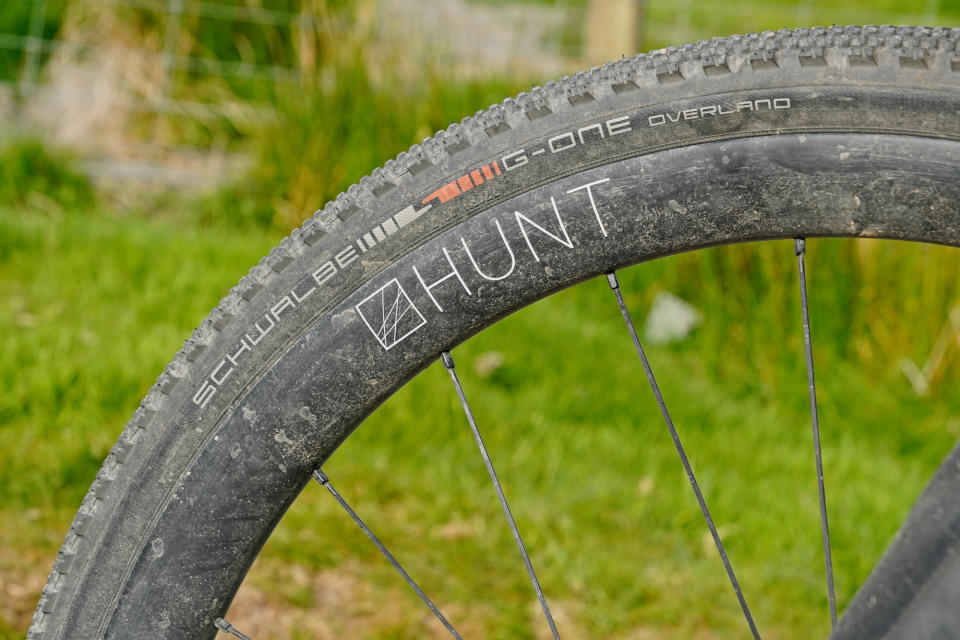
Everything is a question of balance when it comes to the best gravel bike tires. Schwalbe already has a tube-type tire which is effectively puncture proof - the venerable Schwalbe Marathon. But great whilst those are for commuter riding, the Schwalbe Marathons aren’t as compliant as lighter-weight models, they don’t have the same levels of off-road grip and they do weigh quite a bit - as a gravel tire for bikepacking and general riding, we can all agree that the Marathons aren’t ideal.
Interestingly, over on the road-riding side of things, there’s already an example of a tube-type tire which manages to strike that balance between puncture protection and commendable performance: the Pirelli P Zero Race 4S. That tire really impressed us when we had it on review last year, suffering no punctures in the test period, proving to be highly grippy - and having none of the downsides of tubeless.
Has Schwalbe pulled off the same trick with its Overland gravel tire? To get some way to an answer, I used a ride across the Trans Cambrian Way as a testbed. There were to be challenging technical sections, plenty of rocks, and a heavily laden bike to contend with. In terms of the model I was pitting the Schwalbe Overlands against, I chose the Pirelli Cinturato Gravel H, a time-proven tubeless stalwart. I was riding the Schwalbes and Anna, our Fitness Features Editor, took on the Pirellis.
Just as a final note before jumping in on how they fared, I’m looking at this from a workhorse, non-competitive point of view. When performance matters most, I would always reach for a tubeless tire - there’s just so many more tread patterns and compounds to choose from and they’re lighter and faster. But away from chip timing, robustness and maintenance schedules take on a greater importance comparative to seconds saved.
Tubes vs tubeless: riding the Trans Cambrian Way
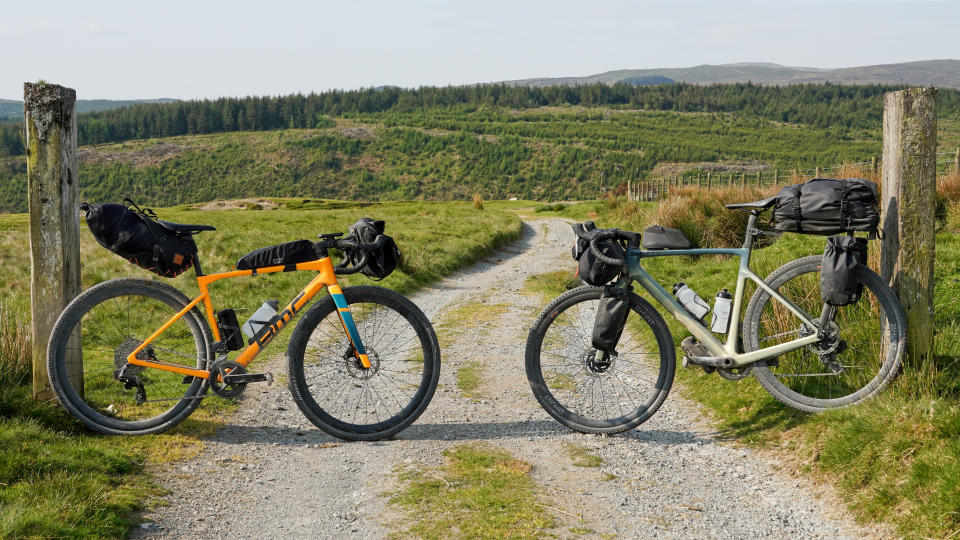
As mentioned, the Trans Cambrian Way consists of a wide variety of surfaces. There are some lovely, wide-open fireroad trails - but although these feel smooth when tapping along, high-speed descents on these surfaces expose you to the vicissitudes of the small, sharp shale.
I rode similar trails at the enduro-style Gritfest and Grinduro gravel races in Wales last year, and the number of riders repairing punctures on those descents (which at Grinduro included myself) was significant. At those races, the causes of those punctures could have been anything - perhaps someone had forgotten to top up their sealant and it had dried out; perhaps someone was running inner tubes in a tire which would very much benefit from the get-of-jail-free card of some sealant.
Alongside that ‘prime gravel’, the Trans Cambrian Way also took in some of your typical sketchy British bridleways - very rocky trails better suited to legs (equestrian or human) than they are to wheels. Clattering down those descents - and taking some ‘interesting’ lines to say the least - put the tires (and wheels) to an even greater test.
Impressively, neither the Schwalbe Overlands nor the Pirelli Cinturato Gravel H punctured on any of this terrain. Of course luck might have played a part - on a single test such as this, there’s always the chance of it being an outlier. But that bar of ‘not puncturing’ was still at least cleared - which does count for something.
On the performance of the Overlands more broadly, I found them really quite impressive. Sure, they didn’t feel as zippy as a lightweight tubeless tire without tubes. But once I had loaded up the bike for this bikepacking trip, any differences in speed were barely perceptible.
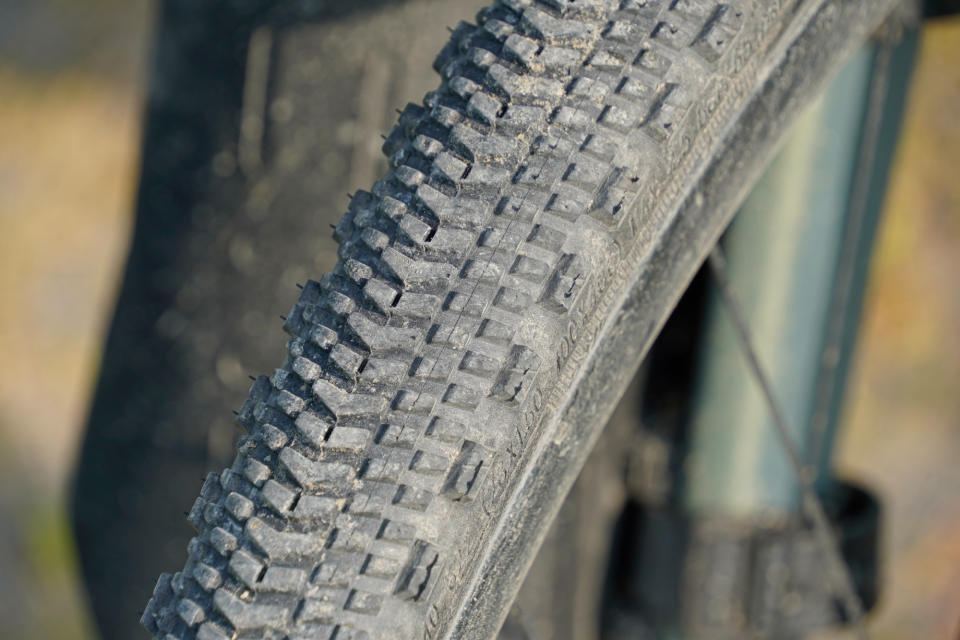
And it’s a similar story for the tread pattern. On the dustier sections (I know, in Wales! It was a crazy spell of good weather), I would have preferred a more open tread pattern than what Schwalbe’s opted for with the Overlands. A spread of knobs more similar to the Schwalbe G-One Bite would have provided a greater surface area and better grip when riding hard.
But when bikepacking and when riding to explore rather than rail the corners, the grip the Overlands provided was totally sufficient. I didn’t feel uncontrolled in any of the corners or as if I was lacking too much traction on the climbs (although I’m sure I would have if it had been muddy).
For getting loose on a evening gravel blast, these are certainly not the tires for you - and you would be frustrated using them - but at that point you’d probably care more about the weight etc. too: i.e. we’ve moved over to the performance end of the spectrum rather than the rugged reliability end, which isn’t the remit of this tire.
The verdict
Really, it would be much easier if one of the setups had suffered a couple of punctures along the course of the Trans Cambrian Way.
Whether it was the disappointment of having to repair the new Schwalbe Overland’s tubes whilst Anna cruised past on her self-sealing Pirelli Cinturatos, or the inconvenience of having to fit those said Pirellis with an inner tube (and potentially cleaning sealant off the saddlepack) in the case of a slash too great for the sealant - at least there would have been a clear delineation between them.
Even so, despite neither tire puncturing over the course of the ride, that’s still an experience from which some conclusions can be drawn.
It’s worth mentioning that the Overlands can actually be used with sealant for even greater puncture resistance - any sharps which do manage to get through the tough outer casing have the chance of being sealed.
But for me, this ride demonstrated that gravel tires which balances comfort, weight and grip against sufficient puncture protection for use with inner tubes are possible to produce. Again, that balance isn’t right for racing - but for non-competitive regular riding, I really did appreciate the simpler, cleaner and less faff-y set-up of running the Schwalbe Overlands with inner tubes.

